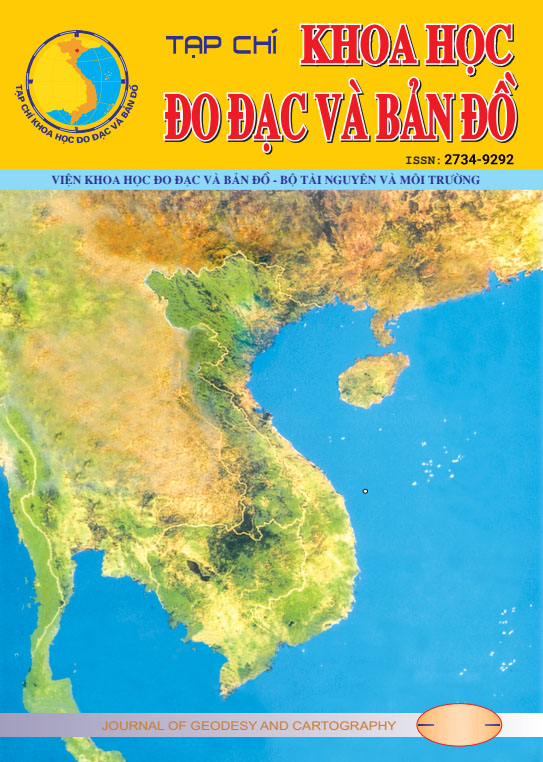Abstract
Rapid and extensive urban changes in recent decades have inflicted a multitude of challenges in land-use planning and conservation management, especially for the heritage protection of historic areas. This paper describes the results of an integrated approach to analyzing the potential environ-mental impacts of urbanization that has profoundly transformed LCLU in Vietnam. A combination of remote-sensing techniques and ancillary indices enables a quantitative evaluation of urbanization impacts in the Complex of Hue Monuments, a UNESCO World Heritage Site, from 1993. This approach includes classifying satellite images, analyzing urbanization characteristics with LCLU change and urbanization indices, and quantifying environmental impacts by ES value. Object-based classification results indicate that the SVM algorithm achieves an optimum overall accuracy of 78.7% -82.8% and a Kappa coefficient of 0.77-0.81. The negative impacts are mainly a decline in land AGR, FR, and UGS. The degradation value also allows quantification of the impacts of increas-ing urbanization due to human influence. This integrated methodology can be a potentially effective tool to plan for sustainable development in the continuing trend toward further urbanization in Vietnam.
PDF (Tiếng Việt)
| Download: 328
Downloads
Download data is not yet available.

